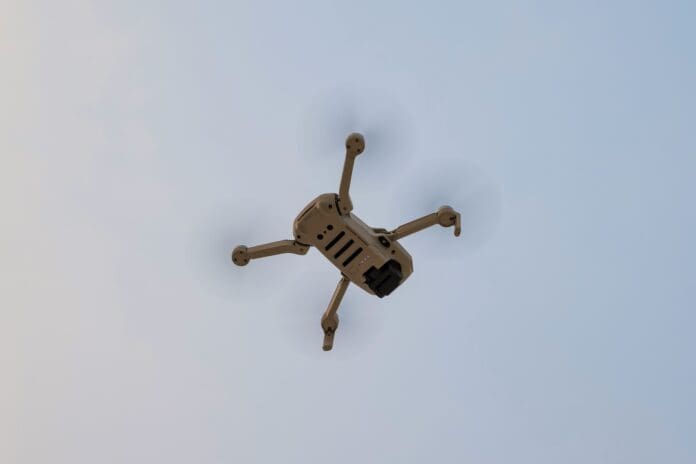This post is also available in:
 עברית (Hebrew)
עברית (Hebrew)
Danish intelligence has revealed that drone technology was at the core of a recently uncovered Hamas-linked terror plot. A 28-year-old man has been placed in custody on suspicion of purchasing drones intended for use in a terrorist attack, either within Denmark or abroad. Authorities believe the drones were to be repurposed from civilian to offensive use, highlighting ongoing concerns about the dual-use nature of such technologies.
According to Denmark’s Security and Intelligence Service (PET), the suspect is connected to both organized crime and Hamas. The case is also related to a wider investigation dating back to December 2023, when several individuals were arrested in a coordinated effort to disrupt a planned terror attack. At that time, six people were detained, including the current suspect, who was extradited from Lebanon in the past for a double homicide.
The suspect is believed to be a leading figure in a banned criminal gang operating in Copenhagen which is affiliated with Hamas. While no specific details have been released about the type or capabilities of the drones in question, PET officials confirmed the devices were acquired with the intent of carrying out a terror act.
This incident reinforces concerns about how relatively inexpensive and commercially available drone platforms can be weaponized. Small UAVs offer terrorists a discreet and mobile option for reconnaissance, transport of illicit materials, or even direct attacks, making them an increasingly attractive tool in asymmetric warfare.
PET has previously warned that the ongoing conflict in the Middle East has contributed to a heightened threat level in Denmark. The agency points to the growing likelihood of ideologically or politically motivated violence, including spontaneous or organized attacks, influenced by global events but executed on European soil.
This case highlights the evolving risks posed by commercially available technologies falling into the wrong hands. As drones become more accessible and capable, their potential misuse by extremist groups and criminal networks is a growing concern for homeland security agencies across the world.


























